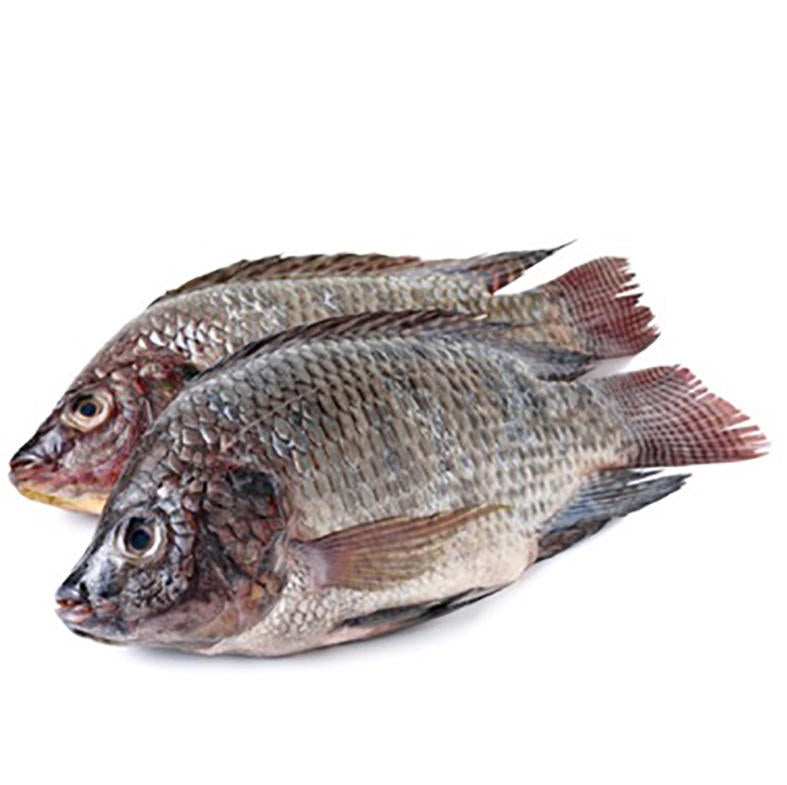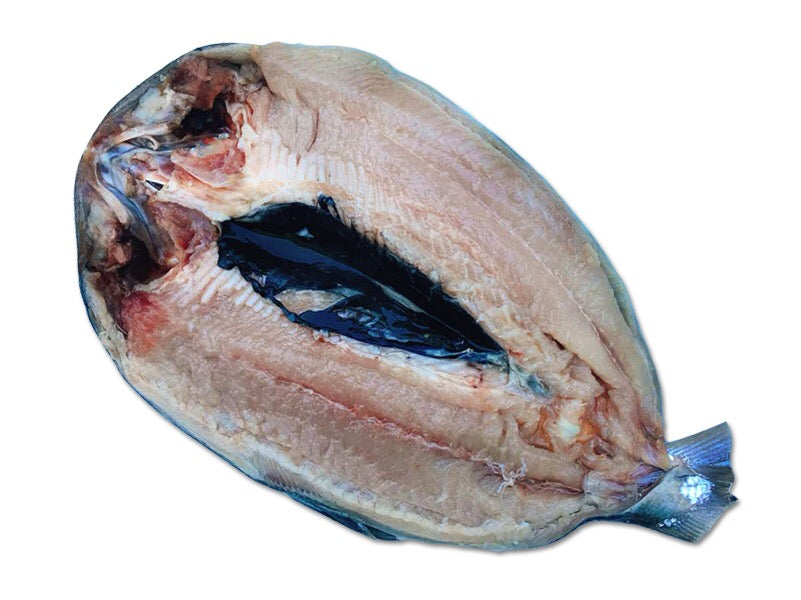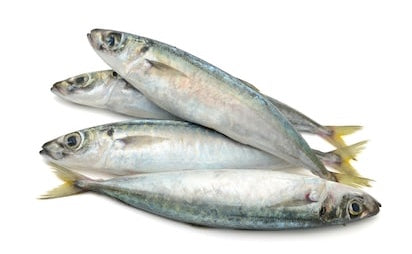How Long Can You Keep Fresh Fish in the Freezer

Have you ever planned to make some fish cakes from the fish fillets you bought from the grocery last week, only to find out that it's already spoiled?
It's already a given that fresh fish makes for great-tasting meals. However, when stored improperly, its quality degrades fast. Freezing fish helps maintain its flavor and freshness for extended periods of time. So, just how long can you keep fresh fish in the freezer?
How Long Should You Keep Fish in the Freezer
When left at room temperature, fish can only last for about 2 hours, but when stored properly, it can last up to two years. Remember the proper freezing times for your raw meats so you can always consume fresh seafood.
Freezing Fish - How Long Does It Last
|
Type of Fish |
Non-water Frozen |
Water Frozen |
Vacuum Sealed |
|
Lean Fish (Halibut, Red Snapper, Tilapia, Cod, etc.) |
Up to 6 months |
6 months |
2 years |
|
Fatty Fish (Salmon, Bluefin Tuna, Trout, etc.) |
Up to 4 months |
4 months |
2 years |
The general rule for raw fish shelf life is that leaner lasts longer. Fatty fishes, or oily fishes, contain higher amounts of unsaturated Omega-3 fatty acids making them more prone to oxidization thus becoming rancid faster.
Keep Fish Fresh with Proper Fridge Storage
Make your raw fish fresh longer by storing them properly. After purchase, it’s always a good idea to keep it as cold as possible. Here are some ways you can do that.
Freezing Fish Bought from Supermarkets
There are 2 straightforward methods to store raw fish bought from supermarkets. For non-water freezing, here are some steps to take.
- Wash and rinse your fresh fish thoroughly to prevent harmful bacteria growth.
- Dry your clean fish using paper towels, and apply a couple of layers of plastic wrap or freezer paper.
- Place them inside an airtight container and keep them in your freezer.
Remember, non-water frozen fish only lasts 4-6 months depending on the fish types.
The second method is water freezing. See steps below.
- Prepare salted ice water by placing salt and ice inside a container before pouring the water.
- Rinse your fresh fish with salted ice water. The cold water will help set the fish's internal temperature to an optimal level, and the salt will help with its preservation.
- Fill an airtight container with water and submerge your fish. Add more water if there is still space to make sure there's no air. Seal your container properly and place them in the freezer.
Label your containers to help make sure that you consume them within the allowed freezing time. Freezing fish in water could make it lose some of its flavors once thawed, but it can certainly keep its quality well-intact.
Longest Freezing through Vacuum-Sealing Fish and Freezing
If you don't know it yet, air is a big no-no when storing fish, which is why vacuum-sealing is still the best way of freezing for fish storage. See the steps below
- Just like the previous methods, wash and rinse your fresh meat. If you already have a recipe in mind, cut accordingly.
- Pat your fish dry and cover it with plastic wrap. Place them in your freezer for at least 2 hours to start the pre-freezing process.
- Once you're done, place your cuts of meat in freezer bags and start vacuuming the air out. Make sure that your bag is properly sealed.
- Place them in your freezer. If you're planning to freeze them for over a year, make sure you add a label so you know the allowable freezing time of each package.
If you don't have a vacuum-ready freezer bag, here's a quick hack.
- Place your frozen seafood inside a sealable freezer bag.
- Prepare a shallow container that can fit your frozen meat and fill it with water.
- Submerge your bag in the water to remove air. Be careful to not let water inside.
- Once your whole meat is underwater, seal the freezer bag gently.
How to Increase the Shelf Life of Fish
To prolong shelf life and help keep your food safe, here are a few things to remember.
- Vacuum-seal your fish whenever possible, or always go for other airtight methods.
- Buy your fresh meat from credible fish markets like Fish n' Chix to ensure quality.
- Keep your frosty meats in temperatures under -17°C.
- Always try to remove the air leaks in your fish's packaging.
Check out our other valuable reads to learn more about proper food handling!








